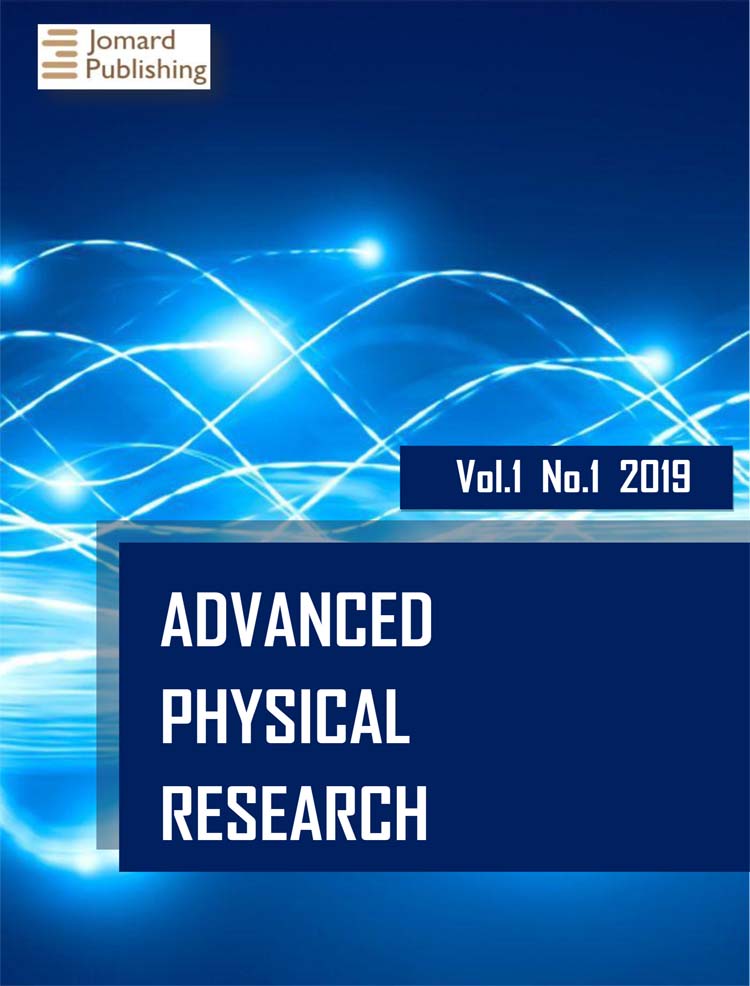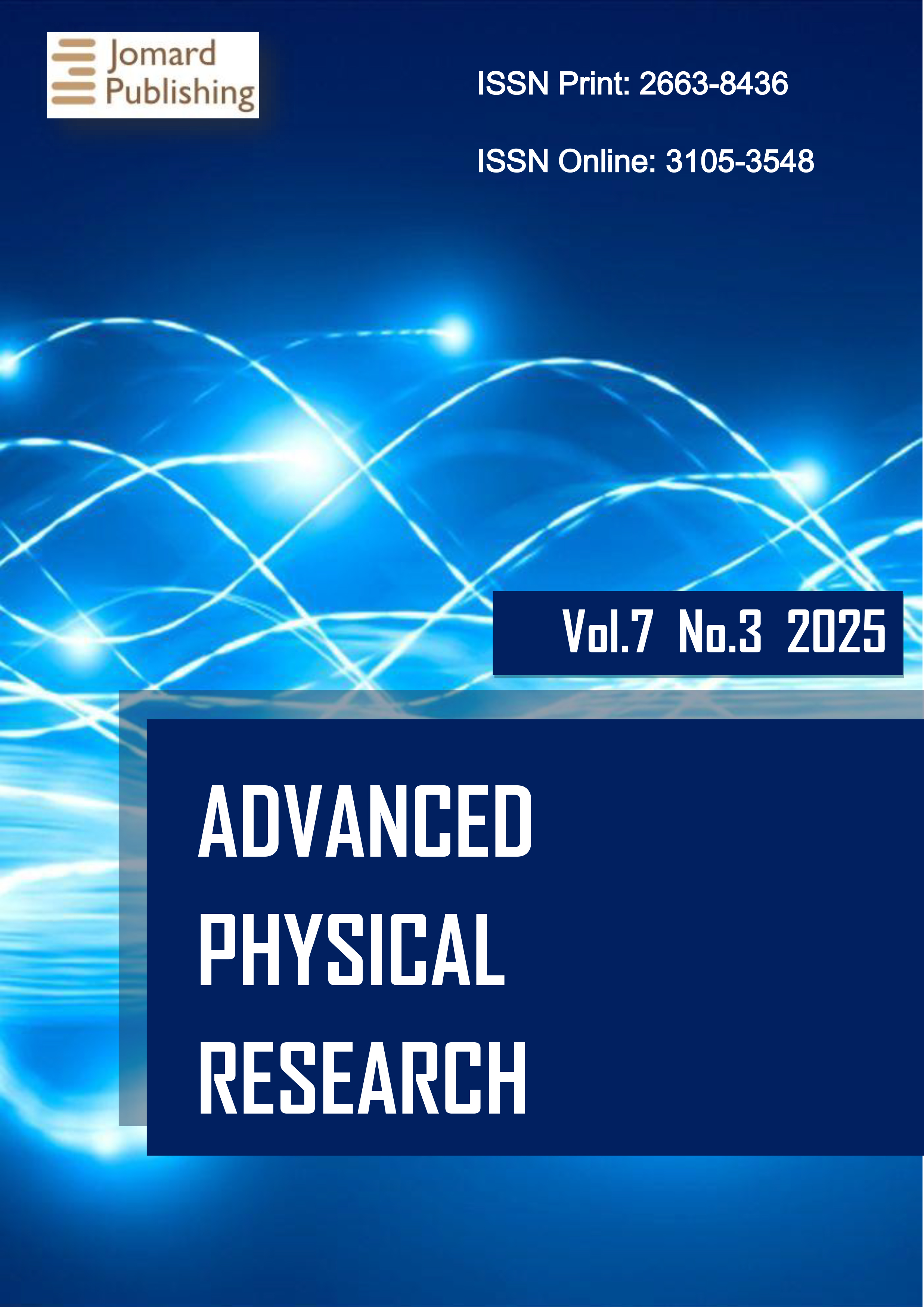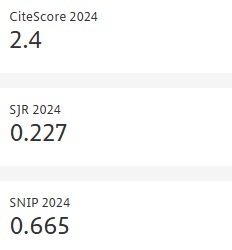Natural Radioactivity and Associated Radiological Hazards in Imported Decorative Building Materials Available in Al-Diwaniyah Markets, Iraq
- Published: 16-10-2025
Share
In response to the documented rise in cancer cases in Al-Diwaniyah City, this study assesses the specific activities of uranium-238 (238U), thorium-232 (232Th), and potassium-40 (40K) in commonly used decorative building materials, and evaluates their associated radiological hazards. Twelve imported materials were selected based on popularity and indoor usage, where prolonged human exposure is likely. Gamma spectrometry with a 3"×3" NaI(Tl) detector was employed for activity measurements. The activity measurements ranged from 4.20 ± 0.49 to 34.81 ± 1.45 Bq/kg for 238U, 3.09 ± 0.92 to 73.33 ± 1.33 Bq/kg for 232Th, and 196.09 ± 0.09 to 1787.79 ± 3.66 Bq/kg for 40K, with 40K showing the highest levels. Calculated hazard indices included radium equivalent activity Raeq (37.89–243.52 Bq/kg), absorbed dose rate DR (18.36–119.63 nGy/h), annual effective dose equivalent AEDE (0.01–0.58 mSv/y), and activity utilization index AUI (0.18–1.06). While most indices were within safety limits, excess lifetime cancer risk ELCR values (0.31× 10⁻³–2.03 × 10⁻³) exceeded international thresholds in some samples. A significant correlation was observed between 232Th and 40K. Although average values complied with UNSCEAR recommendations, certain samples presented potential health risks, underscoring the need for stricter monitoring and regulatory control of imported decorative materials used indoors.
- View 321
- Downloads 43
- Saveds 0
- Citations (Crossref) 0


